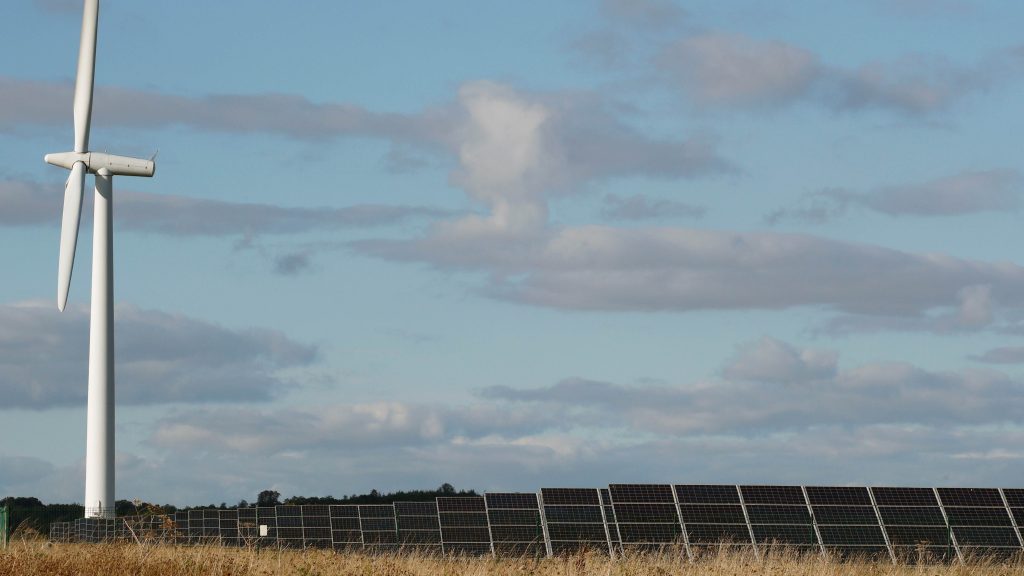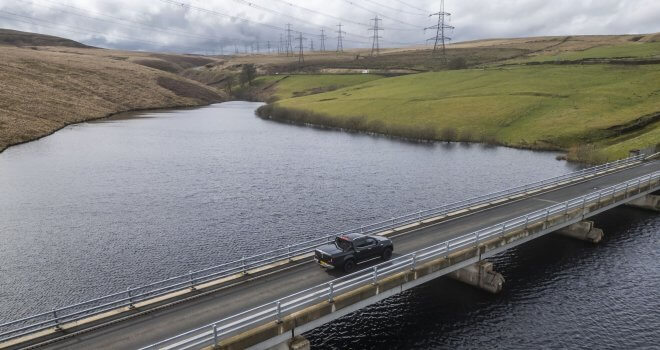Biden Administration Commits $7.3 Billion to Clean Energy for Rural America

In a major step toward advancing clean energy across rural America, the Biden administration announced on Thursday that it will allocate $7.3 billion from the Inflation Reduction Act (IRA) to fund clean energy projects led by rural electric cooperatives.
The significant investment aims to cut energy costs, improve power reliability, and promote sustainable energy for millions of rural Americans, who often face higher energy prices and less reliable infrastructure.
The 16 funded projects, part of the IRA’s Empowering Rural America (New ERA) program, will help rural communities transition to renewable energy sources, reducing dependence on fossil fuels while creating thousands of jobs. The White House emphasized that these initiatives will have a transformative impact on the regions involved.
“One in five rural Americans will benefit from these clean energy investments, thanks to partnerships with rural electric cooperatives like Dairyland,” said Agriculture Secretary Tom Vilsack in a statement. “Put simply, this is rural power, for rural America.”
Dairyland Power Cooperative to Lead the Charge
The first project under the New ERA program will allocate nearly $573 million to the Dairyland Power Cooperative, based in La Crosse, Wisconsin. This funding will go toward developing four solar and four wind power installations across Wisconsin, Iowa, Minnesota, and Illinois, creating clean energy solutions for rural communities across the Midwest. The Dairyland project is expected to set a precedent for future rural clean energy ventures.
These renewable energy projects are not just about lowering costs. They are also a key part of the U.S. strategy to combat climate change. The administration estimates that the 16 funded projects will prevent more than 43 million tons of greenhouse gas emissions annually, the equivalent of taking millions of cars off the road. Additionally, the projects are expected to generate more than 4,500 permanent jobs and support 16,000 construction jobs, providing an economic boost to rural areas.
Clean Energy for Rural Communities
Rural electric cooperatives serve around 42 million people in the U.S., according to the National Rural Electric Cooperative Association. Many of these communities have long struggled with high energy costs and unreliable power grids, often relying on outdated infrastructure and coal-fired plants. The IRA’s investment aims to change that by bringing clean, renewable energy directly to rural households and businesses.
This latest clean energy push builds on other significant investments in the nation’s energy infrastructure. In August, the administration announced a $2.2 billion plan to modernize the U.S. power grid, addressing vulnerabilities that have been exposed by extreme weather events and growing demands from industries like data centers.
A Greener Future for Rural America
The Biden administration’s rural clean energy initiative reflects the broader goal of the Inflation Reduction Act, which is designed to promote renewable energy, reduce greenhouse gas emissions, and create new jobs in the clean energy sector. By targeting rural areas, the administration is ensuring that the benefits of the clean energy transition reach all Americans, particularly those who have historically been left behind in the shift to renewable energy.
With these projects, rural electric cooperatives will have the tools they need to provide affordable, reliable, and sustainable energy to millions of Americans. The investments will not only reduce energy costs for rural residents but also pave the way for a more resilient and sustainable power grid. The clean energy revolution, it seems, is coming to rural America.
As the Biden administration pushes forward with its climate agenda, these projects offer a glimpse into the future of energy in the U.S., where rural communities are not just beneficiaries of clean energy but key players in the country’s transition to a greener, more sustainable future.




